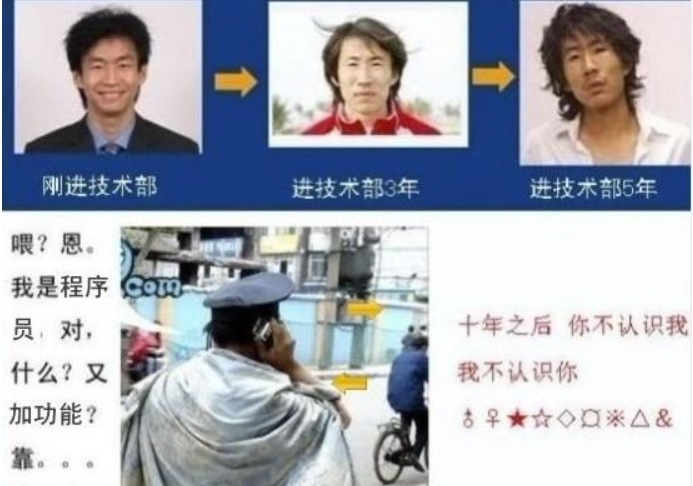The glass transition of a polymer is a process in which the polymer transitions from a hard and brittle state to a rubbery or viscous state without undergoing any significant change in its chemical structure. During this process, there is no exothermic or endothermic peak observed because the glass transition is not associated with any heat flow.
In differential scanning calorimetry (DSC), an endothermic or exothermic peak is typically observed when there is a change in the heat capacity of the sample due to an enthalpy change associated with a physical or chemical transformation. For example, during melting, energy is absorbed by the sample as it transforms from a solid to a liquid state, resulting in an endothermic peak on the DSC curve. Conversely, during crystallization, energy is released as the sample transitions from a disordered to an ordered state, resulting in an exothermic peak.
In contrast, during the glass transition of a polymer, no such enthalpic changes occur. Instead, the process involves only a change in molecular mobility and mechanical properties of the material without any accompanying enthalpy changes that can be detected by DSC. Therefore, while DSC can be used to measure other thermal transitions in polymers like melting or crystallization that are accompanied by enthalpy changes and result in endothermic or exothermic peaks on DSC curves; it cannot be used for detecting glass transitions that do not involve any




















